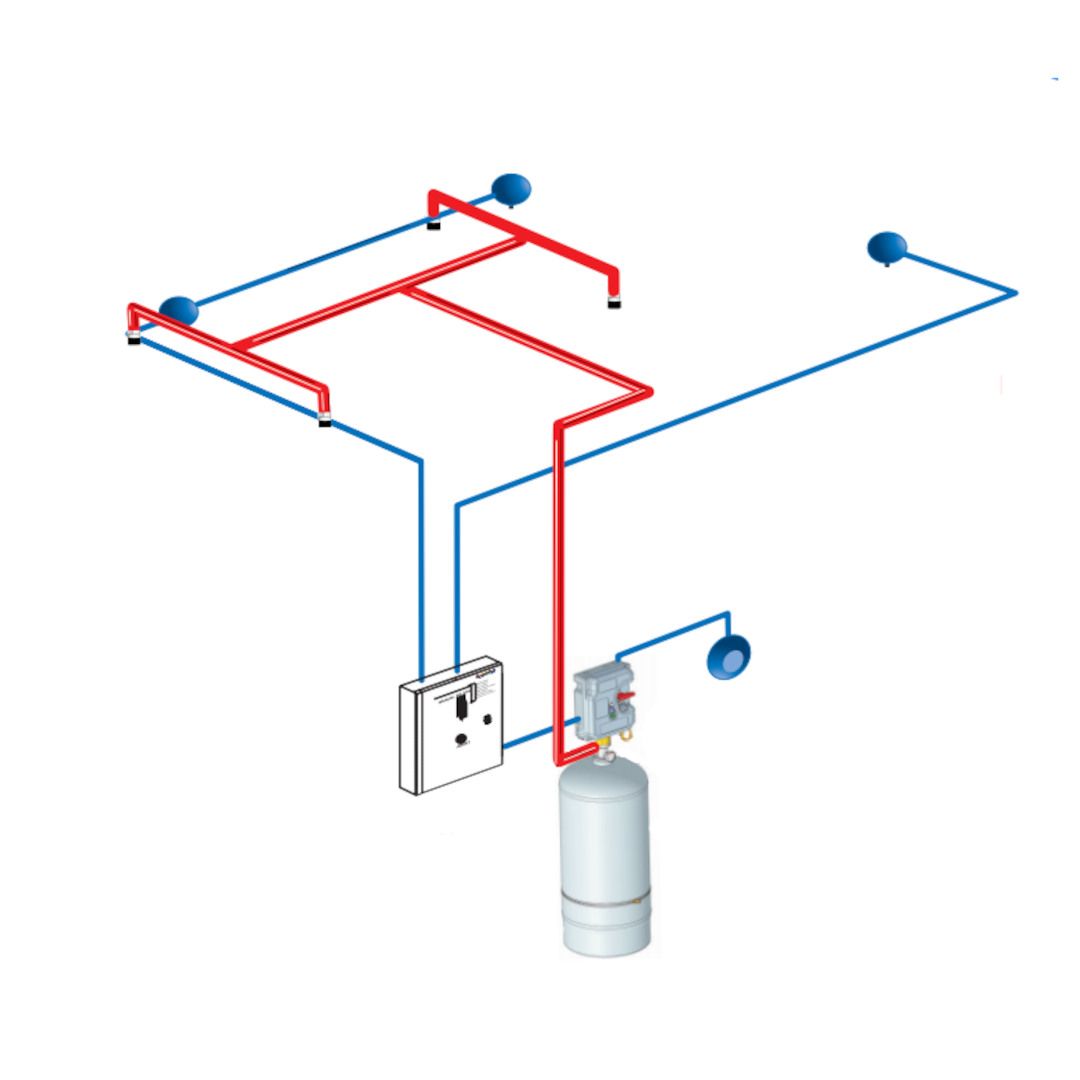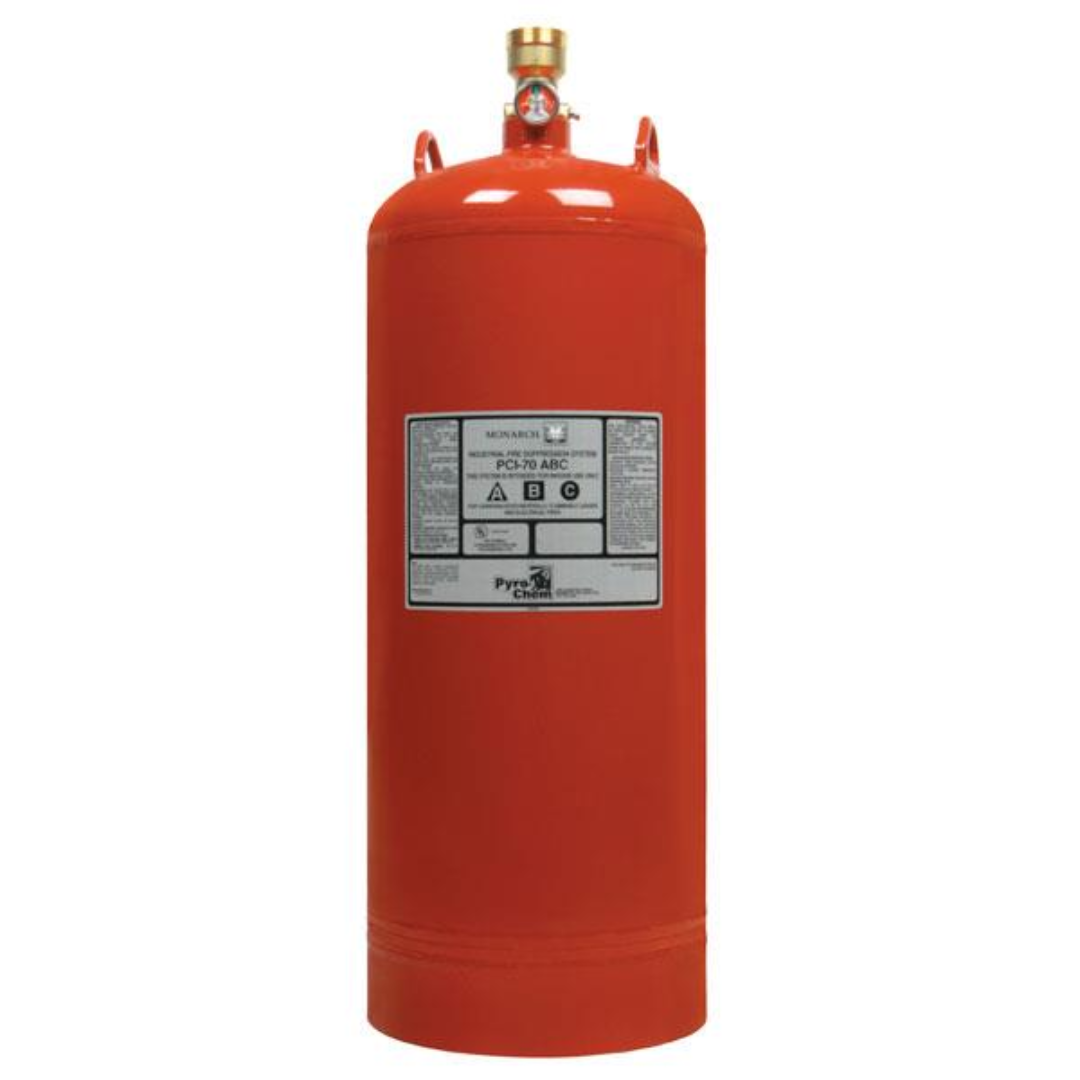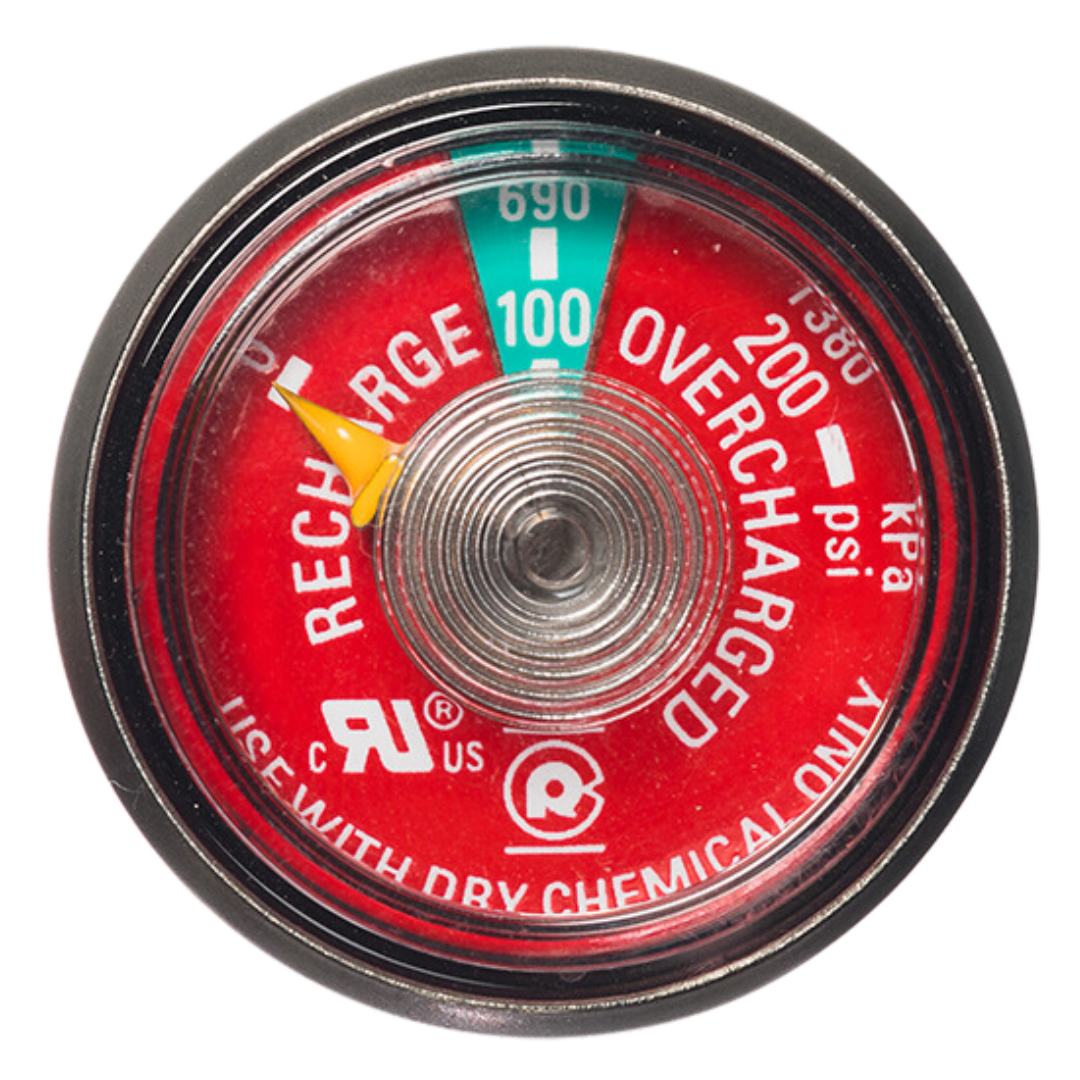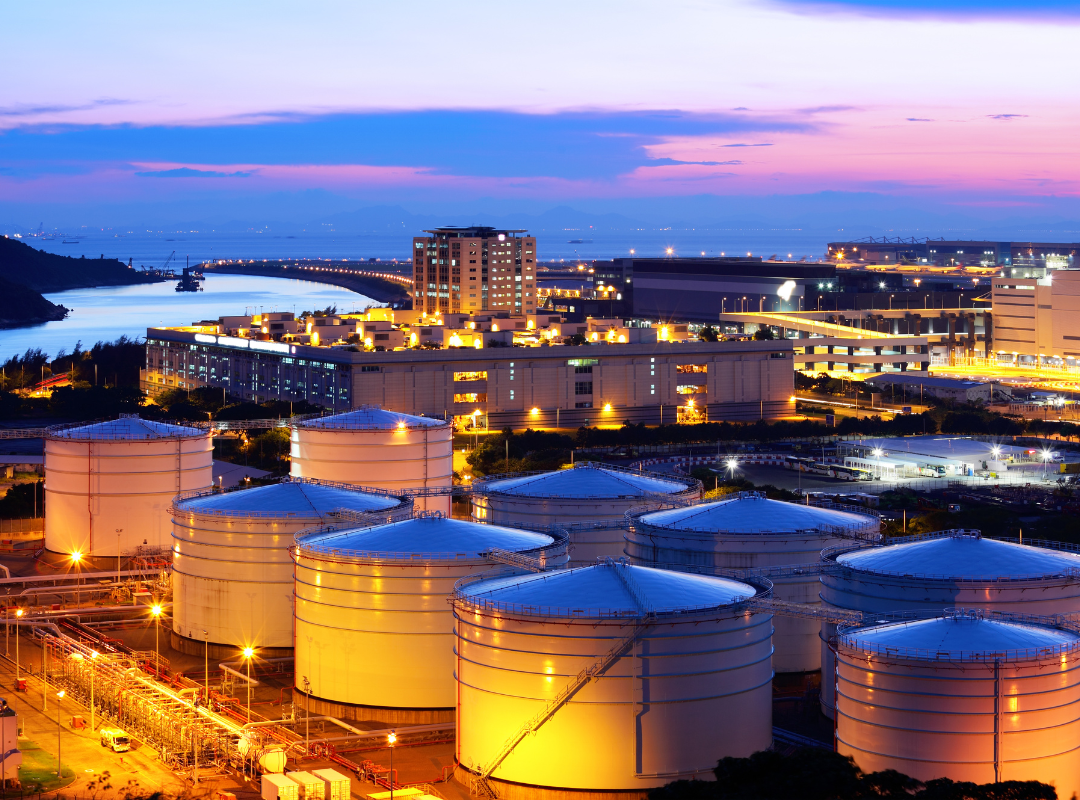DRY CHEMICAL FIRE SUPPRESSION SYSTEMS
INSPECTIONS, SALES, SERVICE, AND MAINTENANCE
WHAT ARE DRY CHEMICAL SUPPRESSION SYSTEMS?
Specialized fire protection solution designed to detect and extinguish fires in industrial environments like automotive paint booths, spray booths, and flammable liquid storage areas. Ideal for settings where flammable vapours, solvents, and combustible materials create fire hazards.
Dry chemical systems discharge a fine, powder-based agent—typically monoammonium phosphate or sodium bicarbonate—that rapidly interrupts the chemical reaction of fire, smothering flames and preventing re-ignition.
We specialize in the installation and inspection of dry chemical fire suppression systems for paint booths across Southern Ontario. Whether you operate a small auto body shop or a large industrial spray facility, we’ll ensure your system keeps your people and property safe.
SEMI-ANNUAL DRY CHEMICAL SUPPRESSION SYSTEM INSPECTIONS
The Ontario Fire Code, NFPA 17, and NFPA 33 require semi-annual inspections for all dry chemical fire suppression systems. These inspections ensure your system is fully operational, code-compliant, and ready to activate in the event of a fire.
Paint booths present unique fire hazards due to flammable vapours, overspray buildup, and multiple ignition sources.
What’s Included in a Dry Chemical System Inspection?
1. System Activation & Safety Features
-
Test automatic detection system
-
Replace fusible links as required
-
Verify manual pull station functionality
-
Inspect electrical and mechanical shutdown interlocks (fans, lights, etc.)
2. Discharge System
-
Inspect nozzles for clogs, alignment, and proper coverage over hazard areas
-
Check discharge piping and fittings for wear or corrosion
-
Confirm proper agent distribution pattern
3. Agent Cylinders & Pressure Levels
-
Inspect cylinder condition and mounting
-
Verify pressure gauge readings
-
Check for correct dry chemical agent type and quantity
4. System Signage & Accessibility
-
Ensure clear operating instructions are posted near system controls
-
Confirm access to manual actuation devices is unobstructed
WHY FREQUENT INSPECTIONS ARE ESSENTIAL
Facilities that handle flammable vapours, liquids, or combustible materials—such as paint booths, spray finishing areas, and chemical storage rooms—are considered high-risk environments.
During each semi-annual service, technicians check for:
Clear and unobstructed nozzles
Overspray, dust, and airborne particles can block nozzles and prevent proper discharge coverage.
Correct agent levels and pressure
Low pressure or insufficient agent volume can result in failed suppression or incomplete extinguishment.
Fire code and insurance compliance
Inspections are required by the Ontario Fire Code, NFPA 17, and NFPA 33. Failure to comply may result in fines, denied claims, or operational shutdowns.
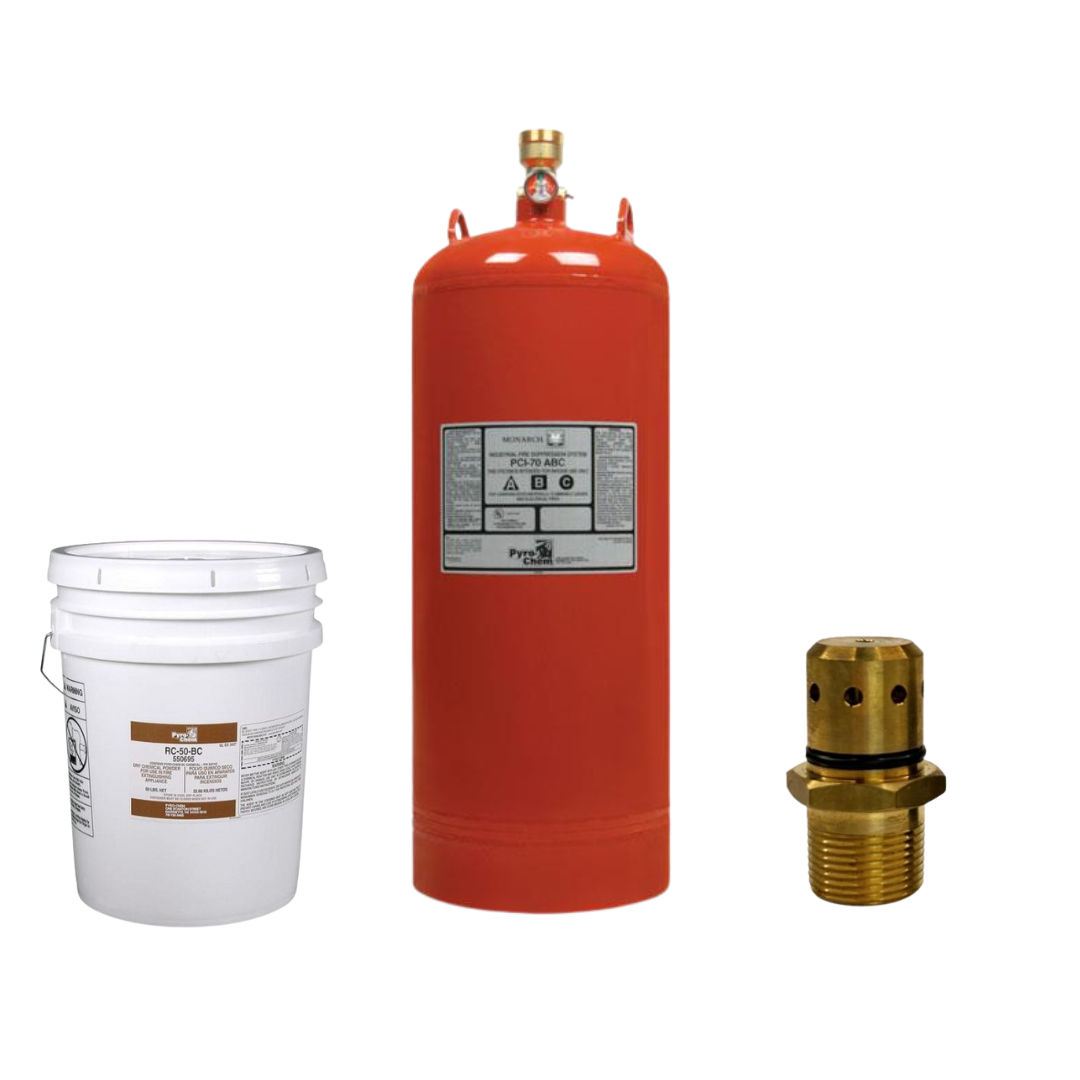
SUPPRESSION AGENT & DISTRIBUTION
-
Dry Chemical Agent – A fine powder designed to interrupt the chemical reaction.
Agent Storage Cylinder – A pressurized steel cylinder that stores the dry chemical agent.
Discharge Piping and Nozzles – A network of steel piping connected to strategically placed nozzles.
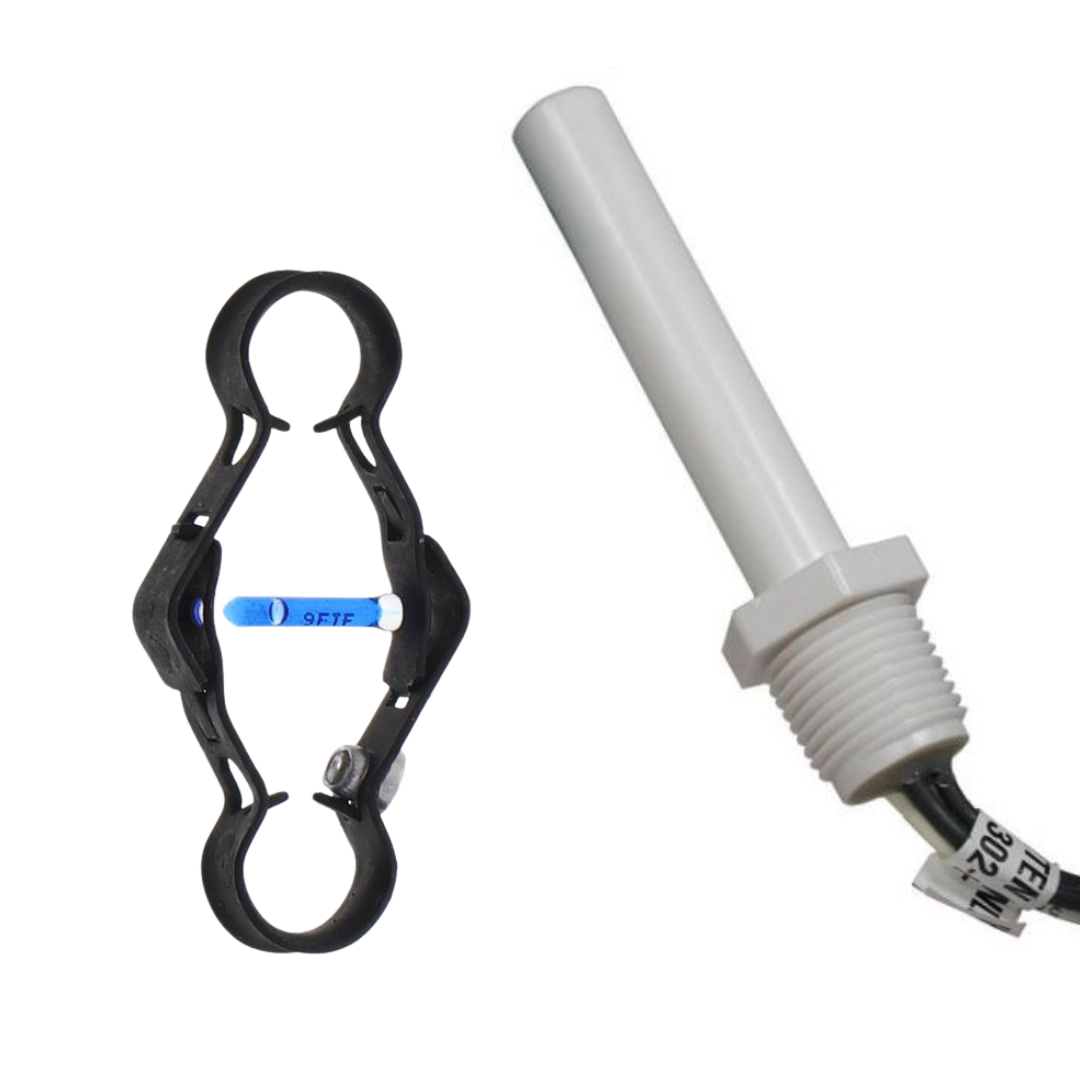
DETECTION
- Heat Sensors/Fusible Links – These are temperature-sensitive devices that trigger the system when a fire is detected.
- Mechanical or Electric Detection Line – A network of cables or tubing that detects heat and activates the suppression system.

CONTROL & ACTIVATION
- Manual Pull Station – Allows staff to activate the system manually in case of an emergency.
- Automatic Release Mechanism – Engages the system when heat sensors detect a fire, releasing the suppression agent.

ALARM & MONITORING
- Alarm System Connection – Some systems integrate with fire alarm panels to alert staff and emergency services.
- Audible/Visual Alarms – Alerts occupants when the system is activated.
SUPPRESSION SYSTEM INSTALLATIONS
If you’re launching a new operation involving flammable liquids, vapours, or combustible materials—such as a paint booth or industrial spray area—a properly installed dry chemical fire suppression system is essential for meeting fire code and protecting your investment.
Adding and/or Modifying Equipment?
Changes to your facility layout or the addition of new spray equipment, ventilation systems, or storage areas may require updates to your fire suppression system.
- Repositioning nozzles to protect new hazard areas.
- Adjusting piping to maintain full system coverage.
- Ensuring compliance with fire code requirements.
Why Choose Regional Fire for Your System Installation?
We specialize in the professional design and installation of dry chemical fire suppression systems across Southern Ontario. Whether you’re building a new paint booth or upgrading an existing spray area, our team ensures your system is compliant, functional, and ready for inspection.
- Custom system design tailored to your operation.
- UL listed and NFPA 17-compliant equipment.
- Seamless integration with ventilation, lighting, and electrical shutdown systems.
- Fast, expert installation to minimize downtime.
Contact us today to schedule your installation consultation!
FIRE SUPPRESSION SYSTEM UPGRADES & RETROFITTING
Fire code requirements and facility layouts change over time—your suppression system needs to keep up. Whether you’ve added new equipment, changed the layout of your spray area, or are operating with an aging system, it’s essential to ensure your dry chemical fire suppression system remains compliant and fully functional.
Upgrade & Retrofit Services Include:
- Reconfiguring discharge nozzles for new hazard zones.
- Updating agent distribution piping for better coverage.
- Replacing worn or obsolete system components.
- Installing additional nozzles or detection points.
- Ensuring full compliance with NFPA 17, NFPA 33
Not sure if your system is up to code?
Contact us today for a free compliance check!
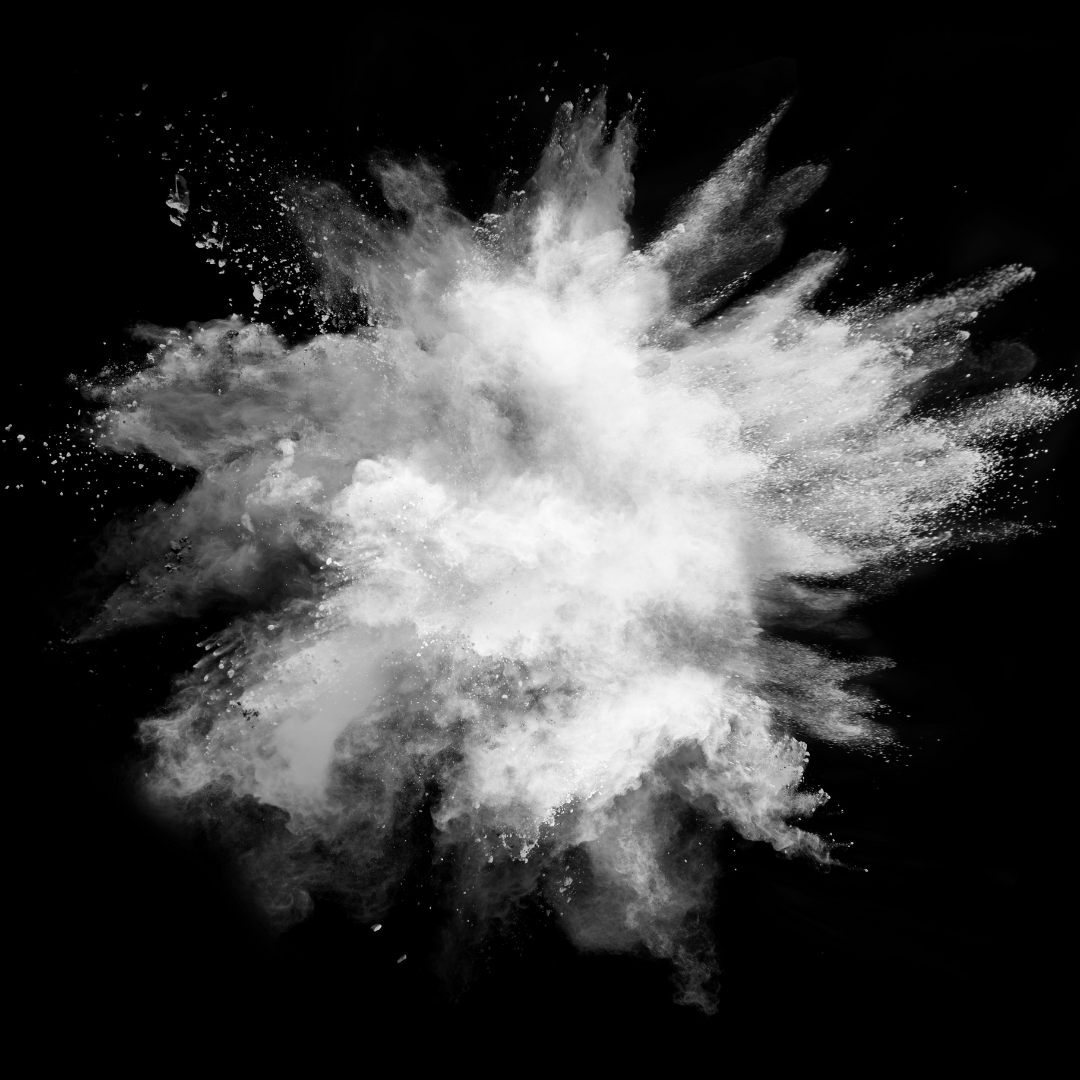
Help! My Fire Suppression System Went Off
Don’t panic. We offer fast, certified recharge services for dry chemical suppression systems in paint booths and other high-risk industrial environments.
We’ll get your system back online quickly.
What to Do if Your Fire Suppression System Discharged:
- Call us immediately for fast system recharging—we provide same-day service to get you up and running.
- Do NOT attempt to reset the system yourself—this can cause further issues and fail a fire inspection.
- Schedule an inspection to ensure everything is in working order before your business resumes operations.
A discharged suppression system leaves you exposed.
Call Regional Fire today to schedule a fast recharge and inspection—you’ll be back up and running in no time.
24/7 Fire Suppression System Services
We provide 24/7 emergency and after hours services to quickly diagnose and repair issues, ensuring your kitchen stays protected with minimal downtime.
We Fix Common Fire Suppression System Issues, Including:
- Emergency system recharges after an activation or accidental discharge.
- Blocked or misaligned nozzles that reduce fire suppression coverage.
- Faulty fusible links or manual activation failures preventing system operation.
- Electrical shutoff malfunctions stopping appliances from being used properly.
- After-hours system upgrades and installations to keep your business running smoothly.
Our certified technicians work fast to get your suppression system in service so you can stay compliant.
Who Needs Dry Chemical Suppression System Inspections?
What You Receive After the Inspection
After completing your suppression system inspection, we provide detailed digital reports and compliance documentation to ensure your business stays up to code. Our reports offer a breakdown of your system’s condition and maintenance needs.
Our technicians document findings in real time using phones or tablets and can email your inspection report directly to the appropriate contact.
1. Detailed Digital Inspection Reports
-
A full breakdown of your suppression system’s status, including nozzle placement, pressure levels, and overall condition.
-
Identification of any non-compliant components or maintenance needs.
-
Deficiency notes detailing corrective actions.
2. On-Site Maintenance & Service Capabilities
Most of the time, our technicians can fix minor deficiencies on-site, such as replacing fusible links, adjusting/replacing nozzles, or swapping out damaged components. However, more extensive services like hydrostatic cylinder testing, full system recharges, or major repairs may require a follow-up visit. If additional maintenance is needed, we will work with you to schedule a convenient service appointment.
3. Certification of Compliance Upon Request
-
Official documentation confirming that your suppression system meets all required fire codes and safety standards.
-
Certificates available for fire inspectors, insurance providers, and internal safety records.
-
Digital copies sent via email for seamless record-keeping and accessibility.
Hassle-Free Compliance & Streamlined Documentation
Our digital reporting system eliminates paperwork delays and ensures real-time updates on your suppression system’s compliance status. Whether you need a one-time inspection or scheduled maintenance, we make the process simple, efficient, and stress-free.
Stay compliant and protect your business—schedule your suppression system inspection with Regional Fire today!

